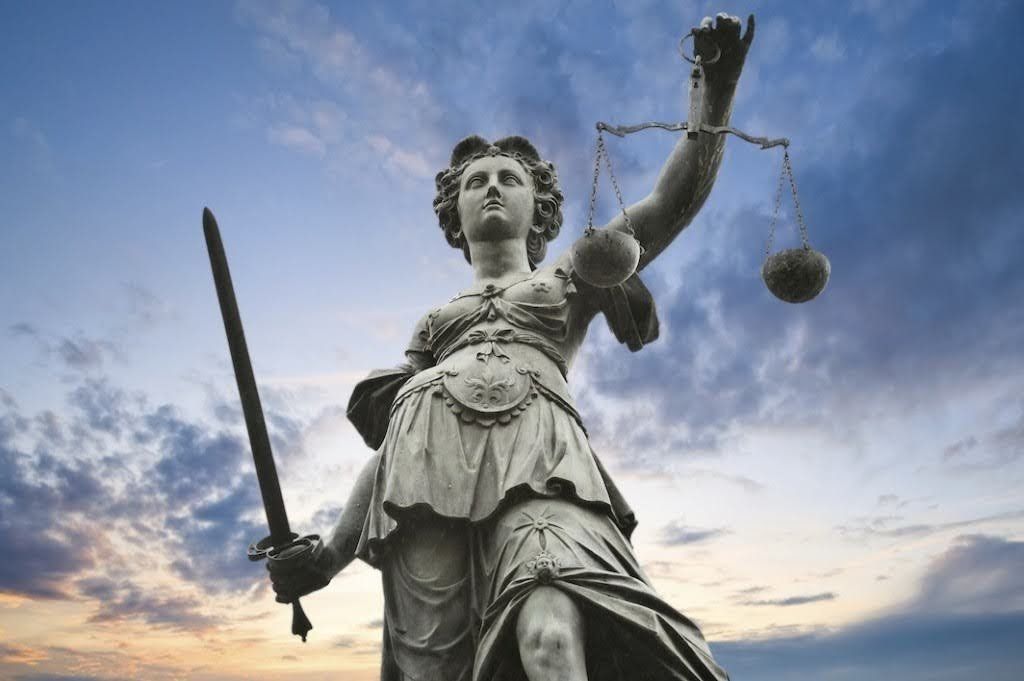Helping Folks in Savannah for Over 40 Years
Call to Speak With an Attorney | (912) 236-6161
Who Is at Fault for Your Injury?

One of the most important steps toward getting the appropriate compensation you need after an accident is to understand who may be liable for it. In some personal injury cases, the party at fault may be clearly identifiable. Other victims may need to dig a little deeper to obtain damages they need for recovery.
To help you make the best choices in your personal injury case, discover some valuable answers to common questions about legal fault and liability.
What Types of Fault Exist?
In general, you have four different categories of responsibility for most personal injuries. The first is negligence. Negligent behavior happens when a party doesn't take reasonable care, but their actions weren't intended to cause harm. This may range from a driver who simply doesn't see a stop sign to a landlord who forgets to fix a bannister.
Recklessness is a more wanton act than negligence. It signals an active disregard for the safety of others. Choosing to drive while texting could be a form of reckless behavior since it goes beyond simply failing to act carefully. Even worse, intentional harm involves a party who did something (or failed to do something) with the intent to injure. This may be more difficult to prove.
Finally, defective products have a special type of liability, or fault. This is known as strict liability. If some defective part on your vehicle made you unable to brake, for example, you don't generally have to prove that the manufacturer was negligent, reckless, or intentionally harmful. The defect is often enough for them to be held responsible.
Can More Than One Party Be at Fault?
Even though many accidents appear to have one party who is responsible — such as a business that failed to clear an icy sidewalk — fault may be spread out among more individuals or businesses than you realize.
Consider a slip-and-fall accident on wet tile at a department store. The store may be liable for failing to keep the tile dry and safe for customers. However, the owner of the building might be at fault if they knew of a water leak but didn't fix it. Or, perhaps the water pipe manufacturer used substandard parts when designing the pipe, making it prone to leaks. Any or all of these parties may be legally responsible to some degree.
What If You Were at Fault?
What happens if you contributed in some way to your accident? Perhaps you drove over the speed limit when you were hit by a car that ran a red light. Some accident victims may think that they can't get damages from other driver. On the other hand, you may worry that the insurance company will try to blame you for the accident.
Rest easy. Georgia (like many other states) follows a legal principle known as comparative negligence. This precept states that the injured party may be held up to 50% liable for the incident and still receive damages from other parties who were at fault. The amount of damages is generally reduced by the percentage of fault assigned to the injured person.
Where Can You Learn More?
No matter whether you may be deemed partially at fault, whether more than one party may be responsible, or whether you aren't sure who could be liable, the best place to begin your search for compensation is to meet with a qualified personal injury attorney in your state.
Georgia residents and injury victims can rely on the team at Jones, Boykin & Associates, P.C. We've aided your neighbors and associates in starting their recovery for more than four decades. Call today to make an appointment or find more answers to your questions.
CONTACT INFORMATION
Email: jbsalaw@comcast.net
Address: 213 E 38th St., Savannah, GA 31401
Hours of Operation:
| Mon-Fri | 9:00 AM - 5:00 PM |
| Sat-Sun | Closed |
| Call for an Appointment! | |
OUR LOCATION
BROWSE OUR WEBSITE
CONTACT INFORMATION
Email: jbsalaw@comcast.net
Address: 213 E 38th St., Savannah, GA 31401
Hours of Operation:
| Mon-Fri | 9:00 AM - 5:00 PM |
| Sat-Sun | Closed |
| Call for an Appointment! | |